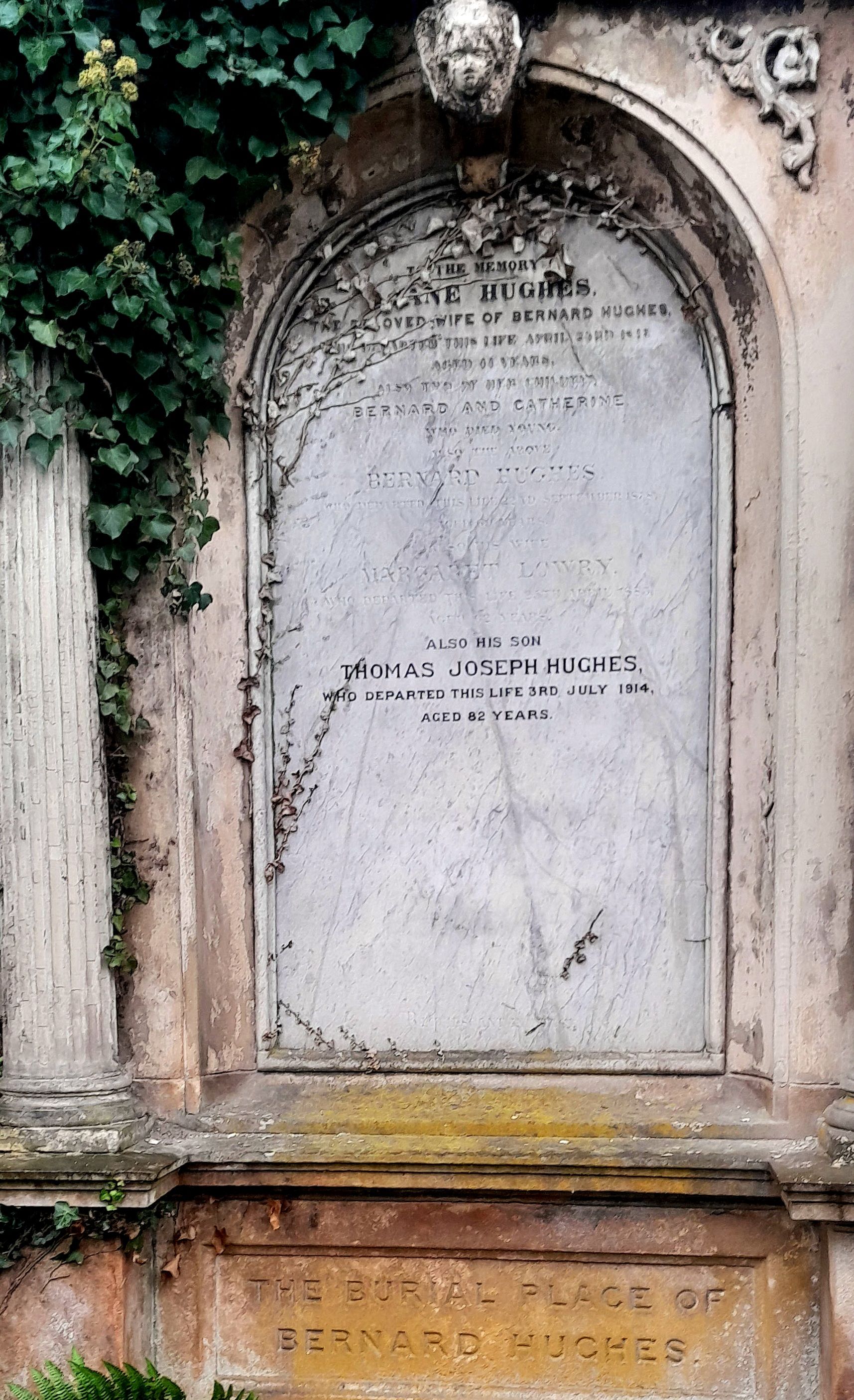RECENTLY I had the pleasure of joining the Friar’s Bush Cemetery Tour on Stranmillis Road, conducted by Cairde na Cille, a non-profit community interest company based in Belfast and set up by a group of heritage enthusiasts to promote the ancient history of Ulster for locals and visitors alike.
Its focus are historical events that have shaped the development of our villages, towns and cities, the languages we speak and the Gaelic aspects of our heritage. All surplus funds are reinvested into heritage conservation/preservation, cross-community education, arts and culture and social regeneration linked to its projects.
Cairde na Cille means friends of the church/churchyard or monks cell/cave from old Irish and its directors proudly proclaim that “heritage of ancient cemeteries, early Christian and medieval monuments inspire us most!”. This is clearly self-evident in their current conservation work and their ongoing schedule of Friar’s Bush Cemetery tours provided for the public and officially authorised by Belfast City Council
This tour was such an informative and enjoyable experience delivered by the passionate and highly informed Dr Deirdre Nic an tSionnaigh, who brought the story of the ancient cemetery to life. We viewed many of the cemetery's old and ancient headstones and learned about so many notable people of Belfast past and its association with landmark phases in the history of the town and Ireland, including the period of the Penal Laws and the Great Famine, (An Gort Mór, 1845-1851).
The grave site and family plot of Bernard 'Barney' Hughes, of Barney Hughes' bread fame
The mysterious Friar's Stone in the cemetery bears the inscription AD 485 and the site is also believed to be the location of a Medieval friary dedicated to St Patrick. With the imposition of the Irish Penal Laws in the 17th &18th centuries Catholic clergy were expelled from the country and were liable to instant execution when found. Catholics had to worship in secret at gathering places (such as Mass rocks) in the countryside. It’s believed that Friar’s Bush cemetery may have been a place used for such secret masses and worship, under the very thorn tree that gives the cemetery its name.
The cemetery is also the resting place of thousands of victims of hunger, typhus fever and cholera from epidemics of the early 19th century and the Great Irish Famine of the 1840s. These people were buried in a mass grave dubbed 'Plaguey Hill', which is located just inside the cemetery's main gates with a dedicated memorial stone in place.
“On Sunday evening, a poor woman was seen bending under a load, and wending her way to Friar’s Bush cemetery. Under each arm she carried a coffin, with a dead child in it, and was hurrying into the graveyard to have them deposited in the pits.” (Belfast Vindicator, June 9th,1847)
Here can be found the grave of the famed baker and philanthropist Bernard (Barney) Hughes who died in 1878, as well as newspaper proprietors in their day, Kevin T Buggy of the nationalist Belfast Vindicator, and Daniel Read of the Belfast Morning News. The burial plot of the Lavery family of publicans who established the famous Lavery’s Bar in Bradbury Place, and many others are also located here.
Atmospheric view of Friar's Bush Cemetery
For all who are keen to experience and explore the atmosphere, mystery and allure of the cemetery, learn more about Belfast’s rich cultural heritage and history, and have an exciting and atmospheric Halloween tour experience, I thoroughly recommend these tours organized by Cairde na Cille.
The next tours are planned for Sunday 15th October 2pm - Ancient Cemetery Whistle Stop Tours with Deirdre and tour guide John Millar Bradbury; on Sundays at 2pm from 3 November until further notice; and not to be missed the 28th and 29th October 5pm Samhain/Halloween-flavoured ‘special’ history tours. For further details and bookings contact here or mail@cairdrenacille.org.

